Owners of urban dwellings in an apartment building are quite familiar to the situation when a number of apartments are located in a single corridor, intensely from the doorway door. No less often occurs when the door block is, but is extremely dubious protection, because it is made, for example, from MDF.
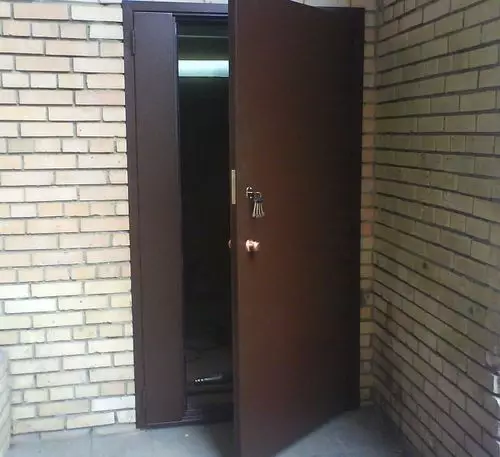
Tambour door
The solution to the problem can be the installation of an iron door with a high degree of safety.
Permission and consent
The corridor or hall is a non-residential room intended for sharing. This provides fairly broad rights to residents for re-equipment of the premises, but also requires the voluntary consent of all the inhabitants. Since the corridor is a common property, then every tenant, based on the area of its apartment, owns the relevant area of the hall, and has the right to possession and use.
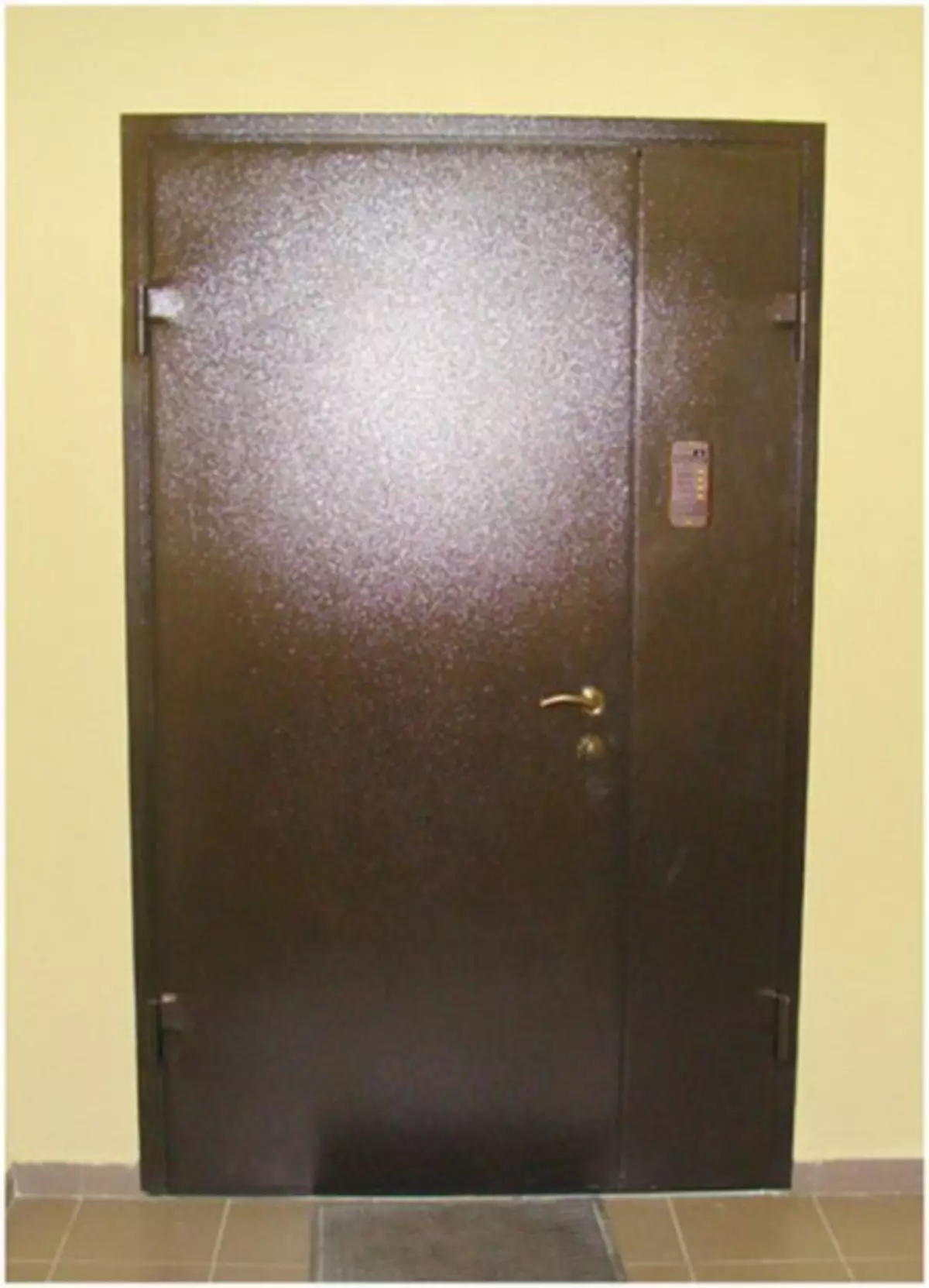
Installation of the entrance door to the corridor does not require any permits if it is not associated with the destruction or transfer of walls. It is also not required to dismantle the old and installing a new door block, while compliance with fire safety requirements, of course. But all these events can be carried out only with the consent of all apartment owners. If at least one of the neighbors agree, then install the door will be problematic: the tenant has the right to go to court and demand the removal of the barrier, which prevents it from reaching the apartment. At the same time, even the breakdown of the mentioned door and its damage, with difficulty qualifies as a hooligan act.
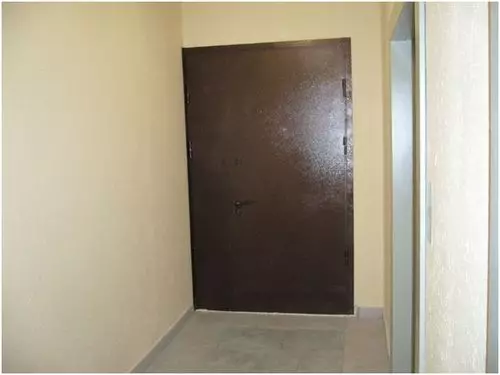
Another option can be implemented: united neighbors can exist part of the hall, according to meters, and install the wall partition with iron doors. In this case, their actions are completely competent, although they can serve as a reason for dealing with a complaint with the general meeting of owners. In fact, even the placement on the fell-off space of the fire crane and electrical protection is not a sufficient reason for applying sanctions.
Article on the topic: Autumn table setting Damars of nature (76 photos)
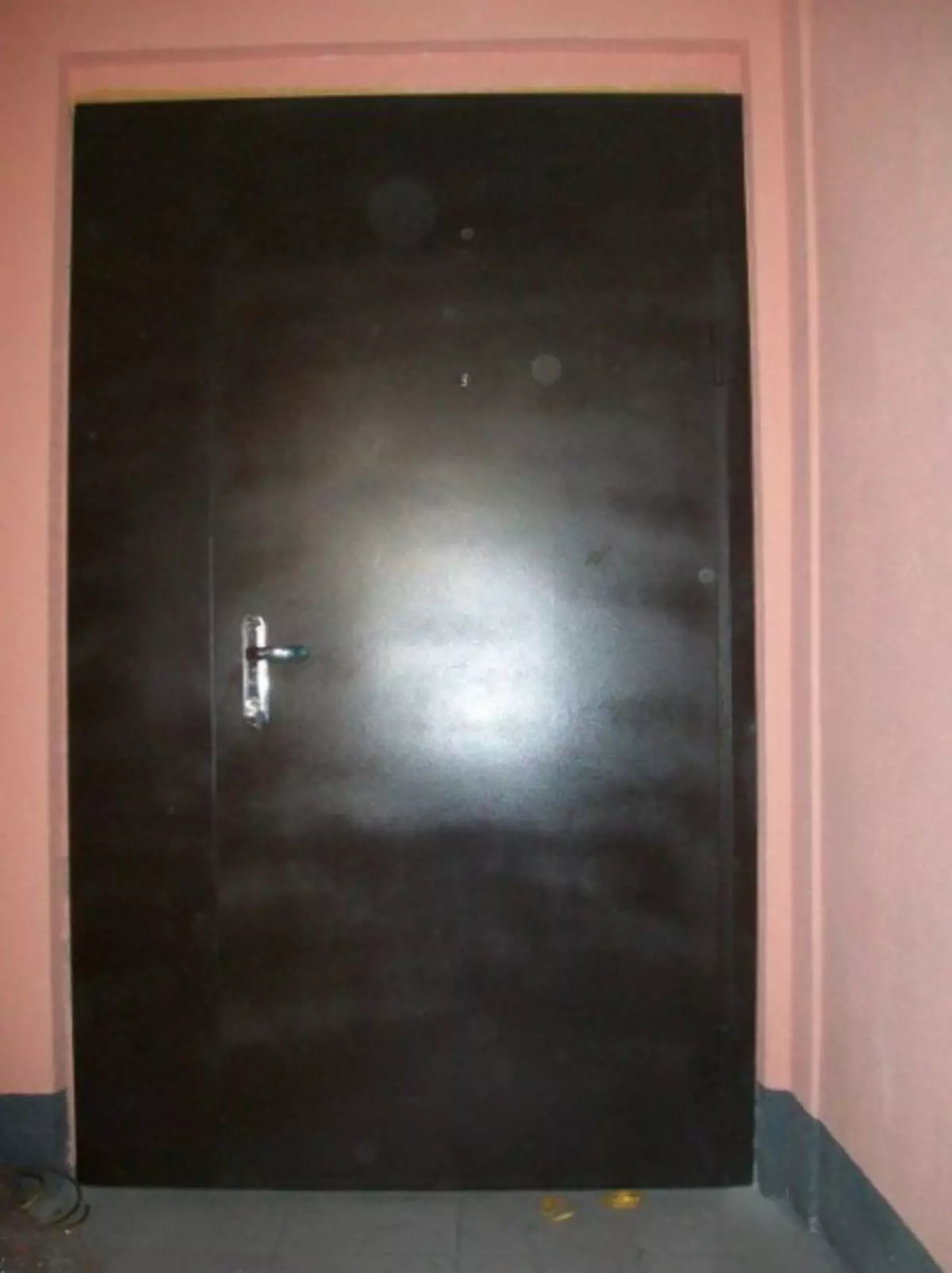
Metal doors: design
The most recommended material for the entrance door is steel, as it has the best tensile rates with the minimum sheet thickness. There are options for manufacturing from iron and other alloys.
Door frame and frame sash are performed on two technologies.
- Bending - the manufacture is made by flexible sheet and profile.
- Pipe-angular - technology implies welding.
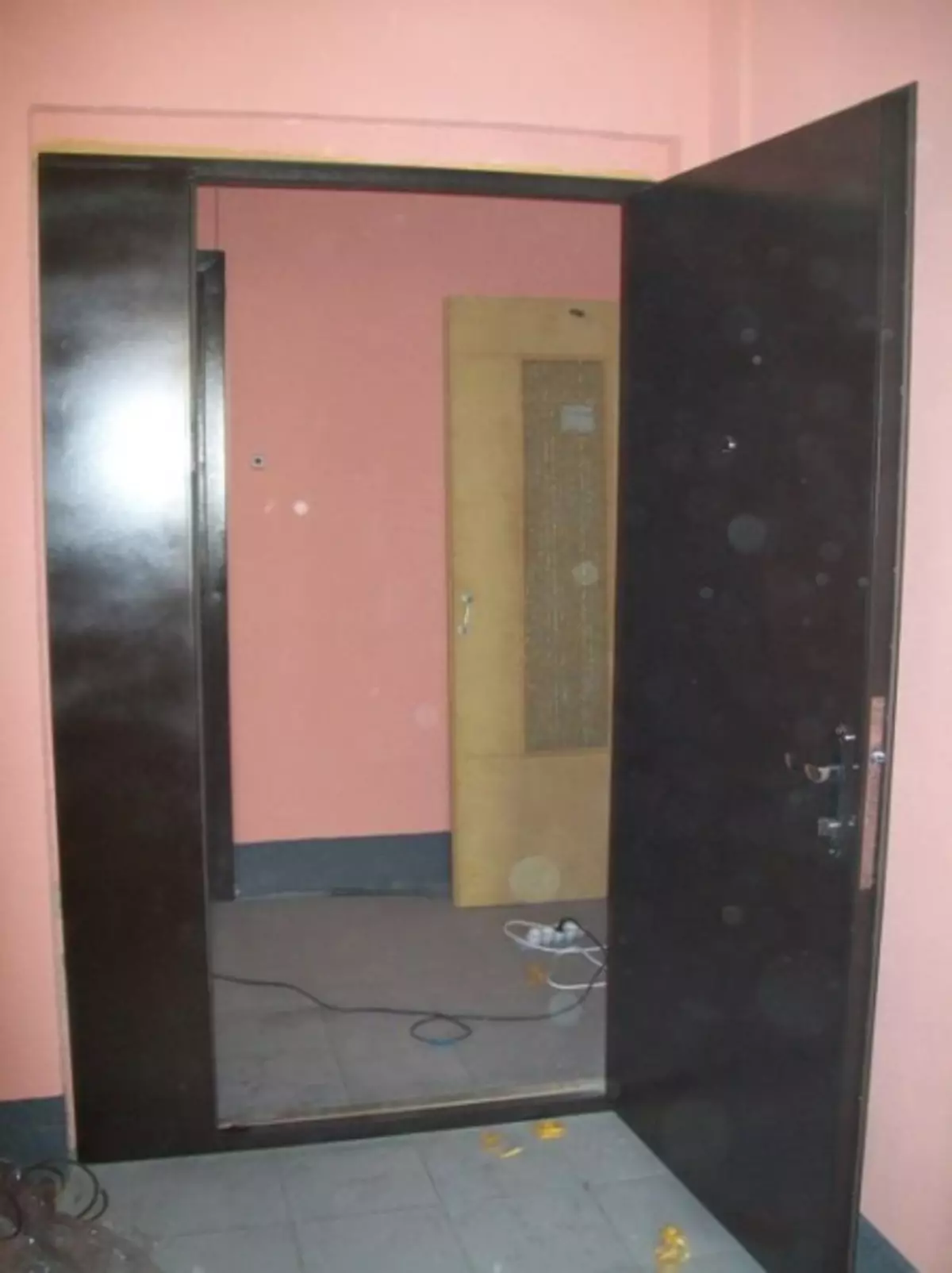
The sash consists of a frame - a metal profile with an amplification of the corners, two sheets of steel - external and internal. Between the sheets in the clinet of a higher class placed rigidity - at least six. The thickness of the steel sheet mostly determines the level of strength and reliability of the door block.
- 0.7-0.8 mm - the minimum value inherent in the cheapest products. Breasting obstacles does not represent. Even if installing in the common hall is supposed, it is not recommended to choose the product in this category.
- 0.8-1.2 mm - first security class.
- 3-4 mm - steel sheet of such thickness is used in the doorway 2 and 3 class of safety.
Metallic canvas must be insulated, for this use mineral wool, foam and similar materials.
The level of security also depends on the fittings: locks - at least two, door loops and special devices that impede hacking - anti-removable pins, for example. In the photo - the rail door at the entrance to the corridor.
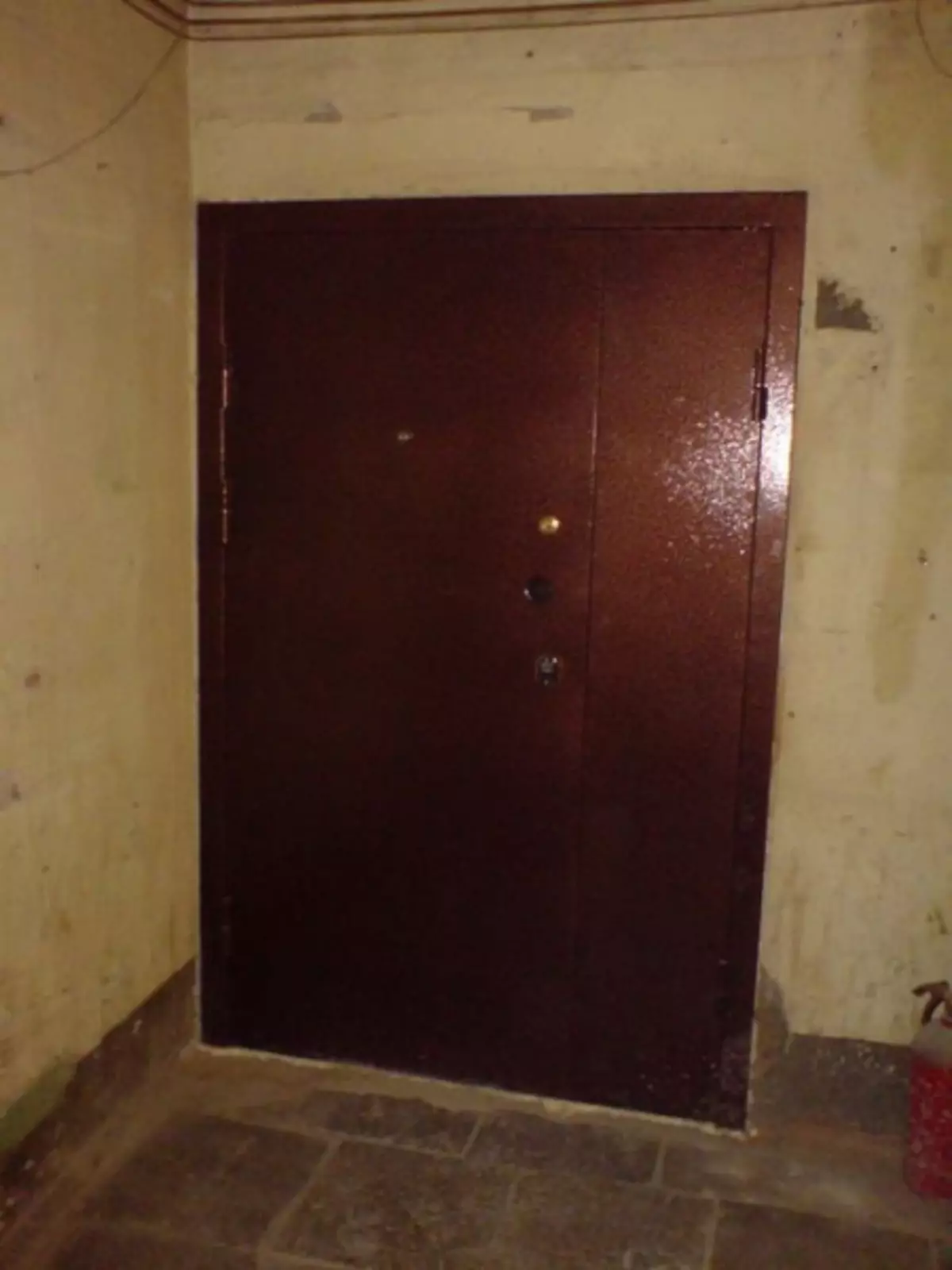
Security class
Depending on what role in the security system should play the door in the general corridor, the product of the corresponding class is selected. It is also worth considering that the door block must comply with the requirements of fire safety, that is, for example, the sash must be opened to outward.
- Grade 1 - the door module can be opened using mechanical instruments by a non-specialist.
- Grade 2 - can also be opened with mechanical instruments, but only a specialist. As a rule, it means the installation of a sufficiently complex castle or additional constipation.
- Grade 3 - Open the door can only specialist using electrical tools. The average time required for hacking it is 35 minutes.
- 4th grade - door leaf bulletproof. The photo shows a sample.
Obviously, the higher the class of the product, the more its cost. Therefore, the choice depends on the financial capabilities of all Contracting Parties. It should also be borne in mind that each of the apartments is equipped with its input block, and may not really install a design in the corridor with a very high security class.
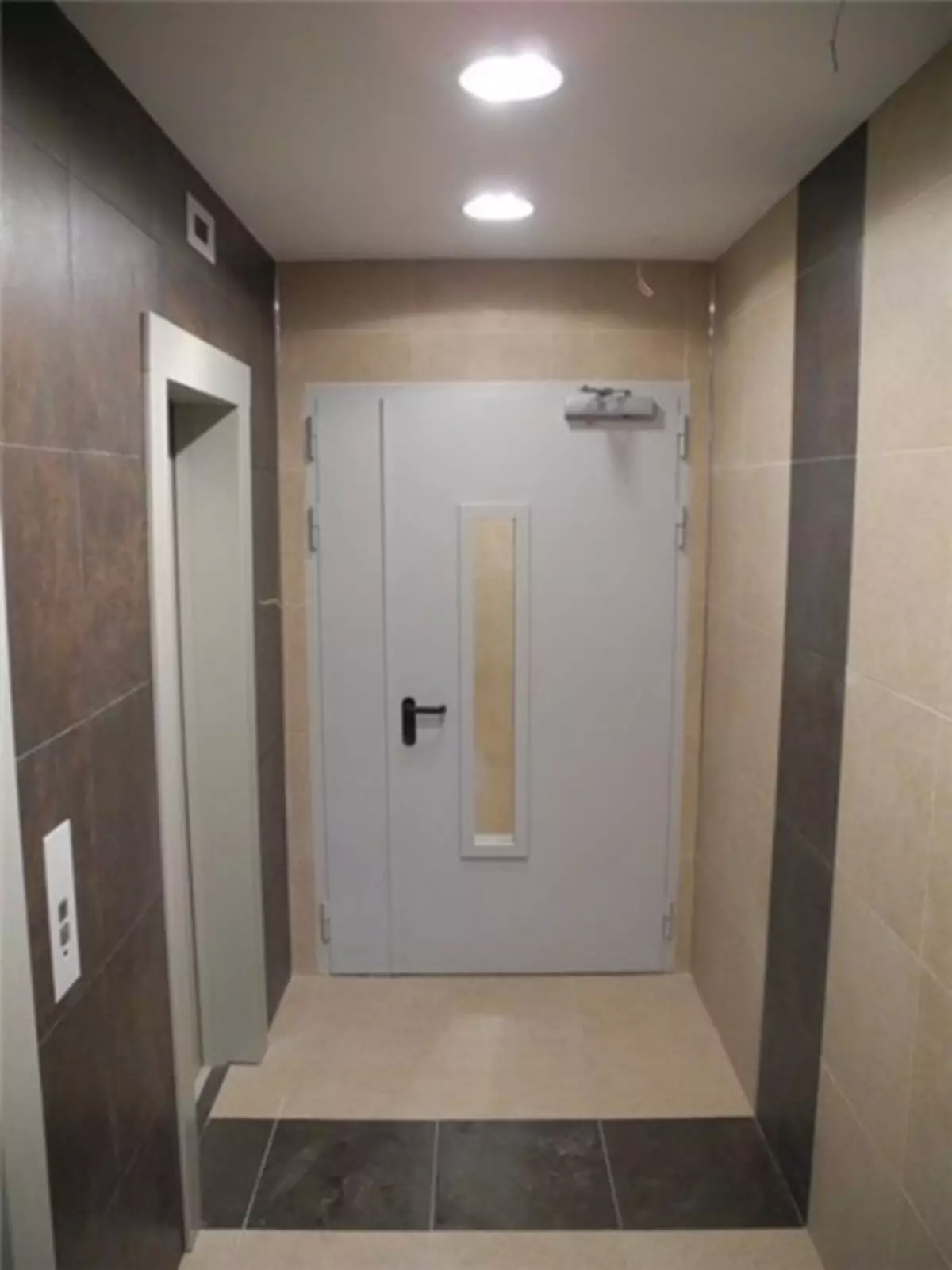
In such cases, it is recommended to use a combination of a relative simple door canvase - 1 class, and more serious bollar locks. The security class does not increase from this, and time for hacking will be not more than 10-15 minutes. However, to open the riglels, the power tool will be required, which produces a fair noise. The latter, without a doubt, attract the attention of tenants.
Article on the topic: How to decorate the mirror with your own hands
Installation of the Iron Input Block
The sequence of actions is the same as in the case of an apartment in the doorway. If the opening was equipped with a wooden design, it should be removed, and the walls are cleaned and aligned.
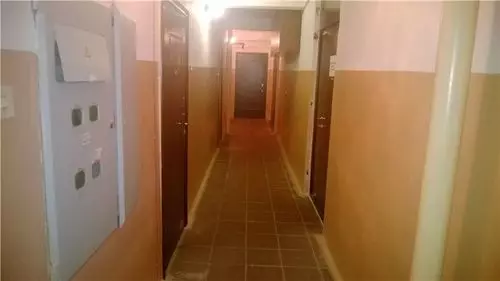
You can install the iron doors with your own hands, but not alone, since the product has a lot of weight, and the installation of the box is made with the web, which is very difficult task.
- The door block is posted in the opening. Wooden wedges are clogged with wooden wedges between the box and the wall.
- The stand with the door loops is played - the check is carried out using the level and with the frame, and on the inside of the frame.
- At the opposite rack, fittings are installed. Then the rack is aligned and fixed.
- After centering the box is fixed. The most common method is through the mounting ears located on the door frame. When installing, the ears should be on the inside of the opening. Through the holes in them, holes in the wall are produced, and then the entire block is fixed with steel rods. The latter are brewed or divided. The length of the rod should be at least 15 cm, and the diameter is at least 12 mm.
- The gaps between the frame and the wall blend by mounting foam.
On the video, the installation process of the steel door block is presented in more detail.
